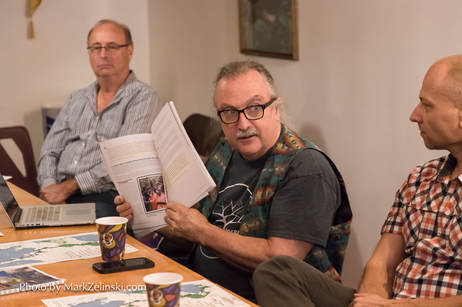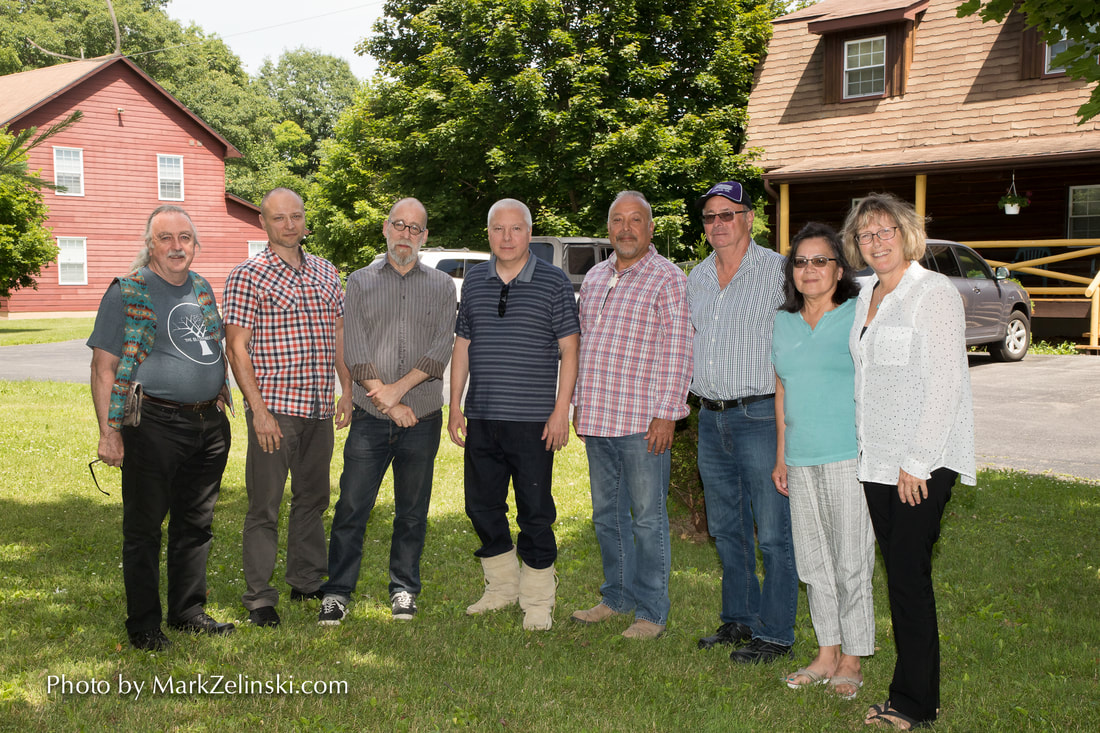The Great Niagara Escarpment Indigenous Cultural Map
The Niagara Escarpment is one of four Biosphere Reserves in Ontario. Each is mapped upon both traditional and historic Indigenous lands, however, little has been done to research, document, and integrate Indigenous knowledge and experience, heritage sites, and areas that are important to the protection of Indigenous biodiversity into the maps and materials that are used by UNESCO, First Nations, municipalities, and other public agencies and organizations with important interests within these areas.
The project began in 2017 when Plenty Canada partnered with the Niagara Escarpment Commission to organize engagement meetings with Indigenous communities living within the Niagara Escarpment to:
- explain the origins and objectives of UNESCO’s Niagara Escarpment Biosphere Reserve, and
- to assess interest and facilitate ideas for increasing Indigenous participation in the Niagara Escarpment Biosphere Reserve.
|
Two meetings were held, the first at Six Nations Polytechnic in Six Nations of the Grand River and the second at the Bruce Peninsula National Park Visitor Centre in Tobermory. The consensus that emerged from these two meetings supported Indigenous participation and prescribed that a “story telling and mapping” project should be the first recommended pragmatic program developed to begin restoring Indigenous knowledge, visibility, and character to the Niagara Escarpment. Therefore, Plenty Canada has proceeded with an Indigenous cultural mapping program that is layering a template of information upon the geographic map of the Niagara Escarpment, inclusive of Manitoulin Island.
|
|
Cultural mapping is a concept and process used by organizations, including UNESCO, to describe a variety of research methods, techniques, and tools applied to the identification, description, and portrayal of tangible and intangible cultural resources and assets, including those of distinct populations, within select landscapes around the world. Within the context of the Niagara Escarpment, Plenty Canada will work together and with its growing network of allies to document, celebrate, and safeguard important Indigenous heritage resources. |
|
Cultural mapping is emerging as an exciting interdisciplinary field that is fully compliant with and supported by the multi-media capabilities of the Internet. As such, we have produced an interactive prototype map of the Niagara Escarpment that layers upon the land appropriate knowledge, relationships, and histories of meaningful Indigenous locations to re-establish Indigenous experience and voice upon this ancient and special geologic formation. |
Although still considered in prototype phase, since 2017 the map has continued to build, revealing its content and technical utility as new programs are added onto the platform. These include the Indigenous Place Names of the Niagara Escarpment project funded by a Canada Heritage Aboriginal Languages Initiative grant resulting in the translation of multiple destination sites into Anishinaabemowin, Kanien'kéha, and Michif.
In addition, with the support of the FirstOntario Performing Arts Centre and LON 360°, a digital tour was created for important cultural, historic, and natural world locations in the Niagara Region. Entitled the Indigenous Niagara Living Museum Tour, it provides virtual travelers with guided experiences (videos featuring cultural and historical interpreters at each designated location), along with information and images to provide an inspirational and educational ezperience.
In addition, with the support of the FirstOntario Performing Arts Centre and LON 360°, a digital tour was created for important cultural, historic, and natural world locations in the Niagara Region. Entitled the Indigenous Niagara Living Museum Tour, it provides virtual travelers with guided experiences (videos featuring cultural and historical interpreters at each designated location), along with information and images to provide an inspirational and educational ezperience.
Thank you to the Ontario Arts Council
and the Government of Canada for supporting us with this initiative!
and the Government of Canada for supporting us with this initiative!





